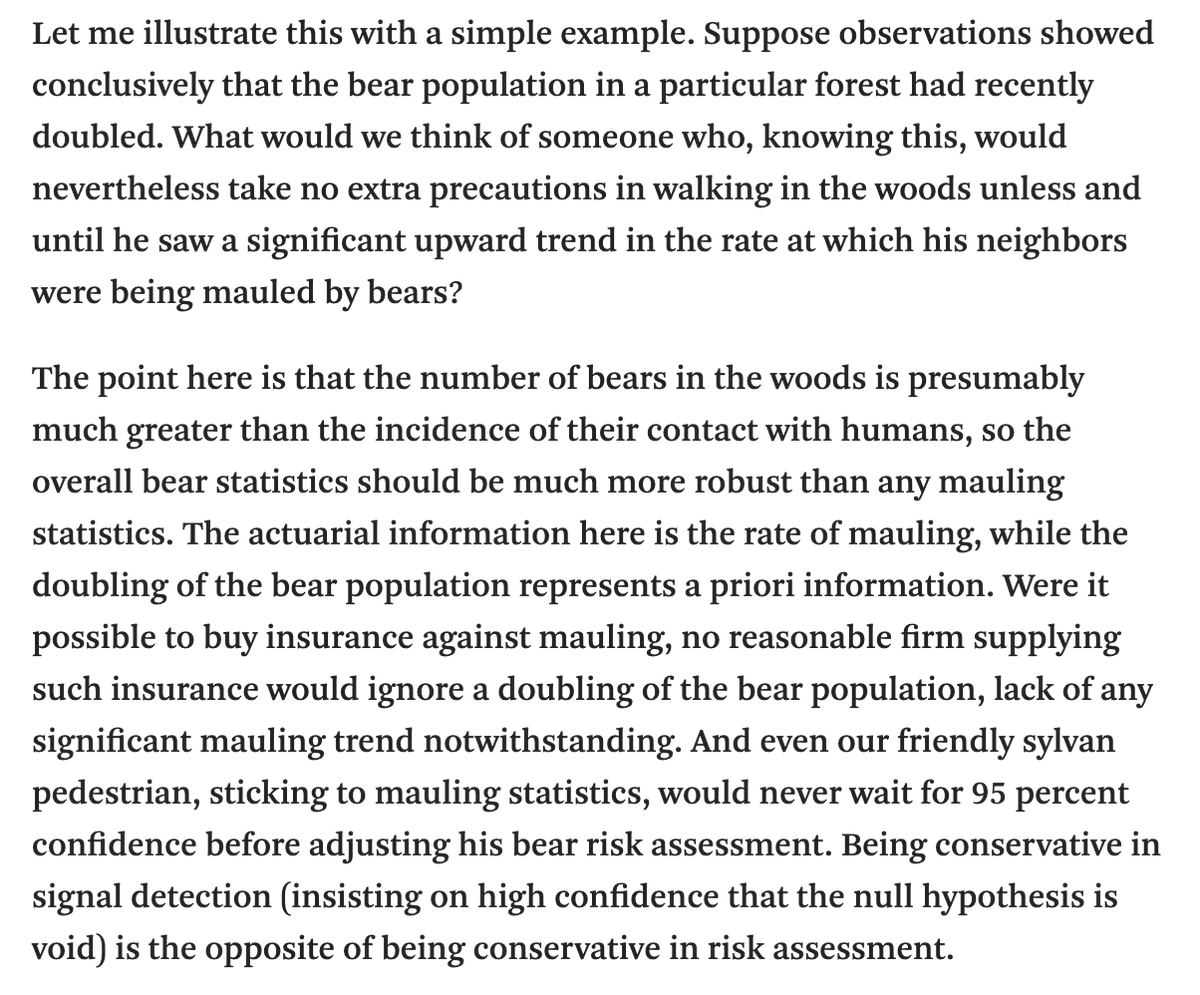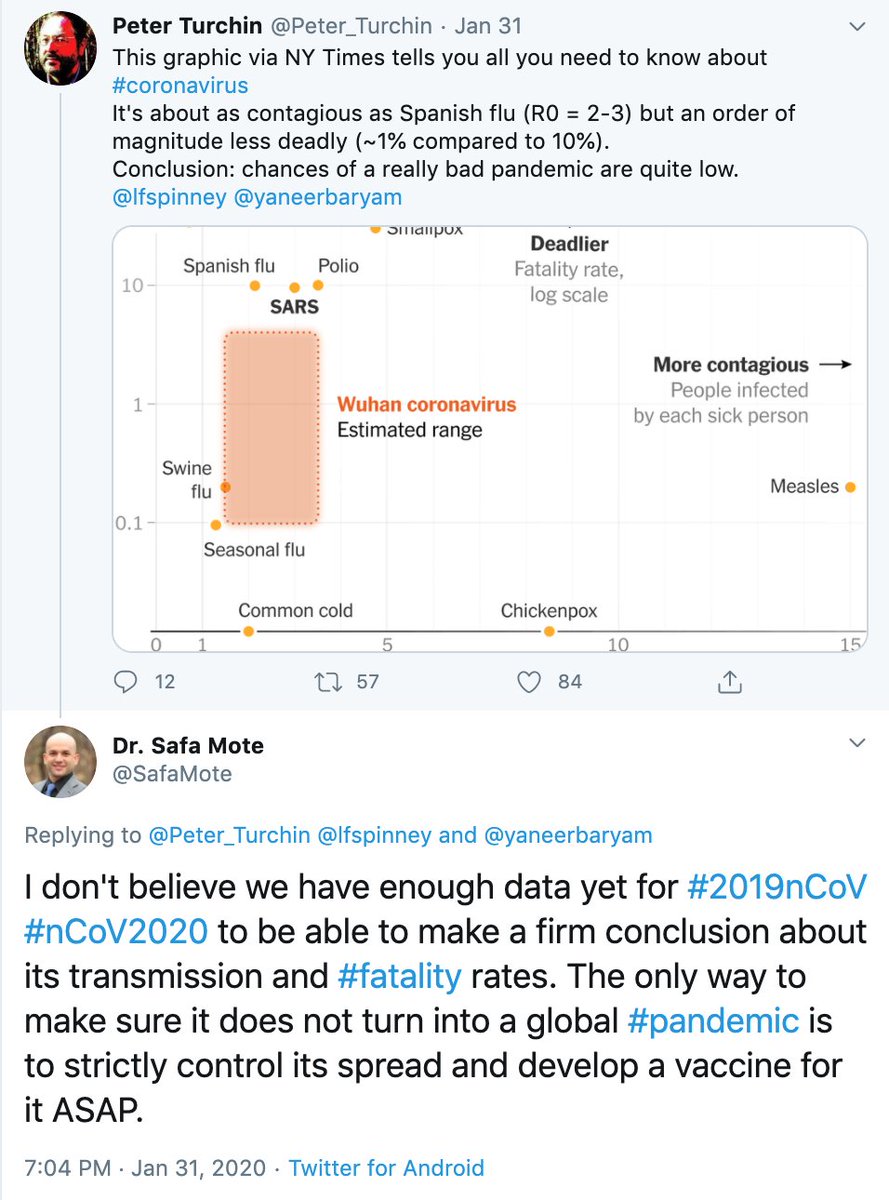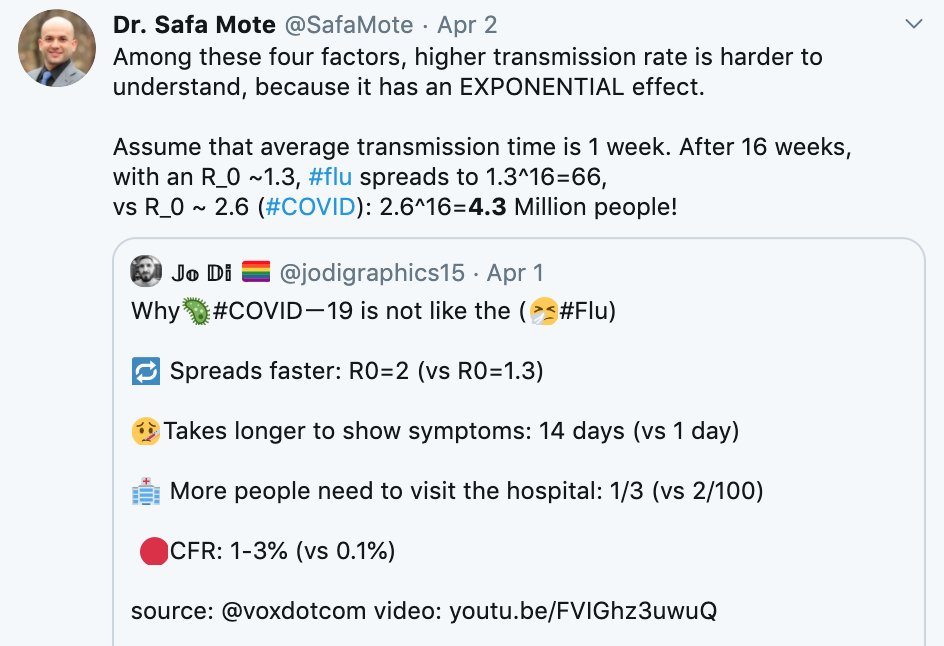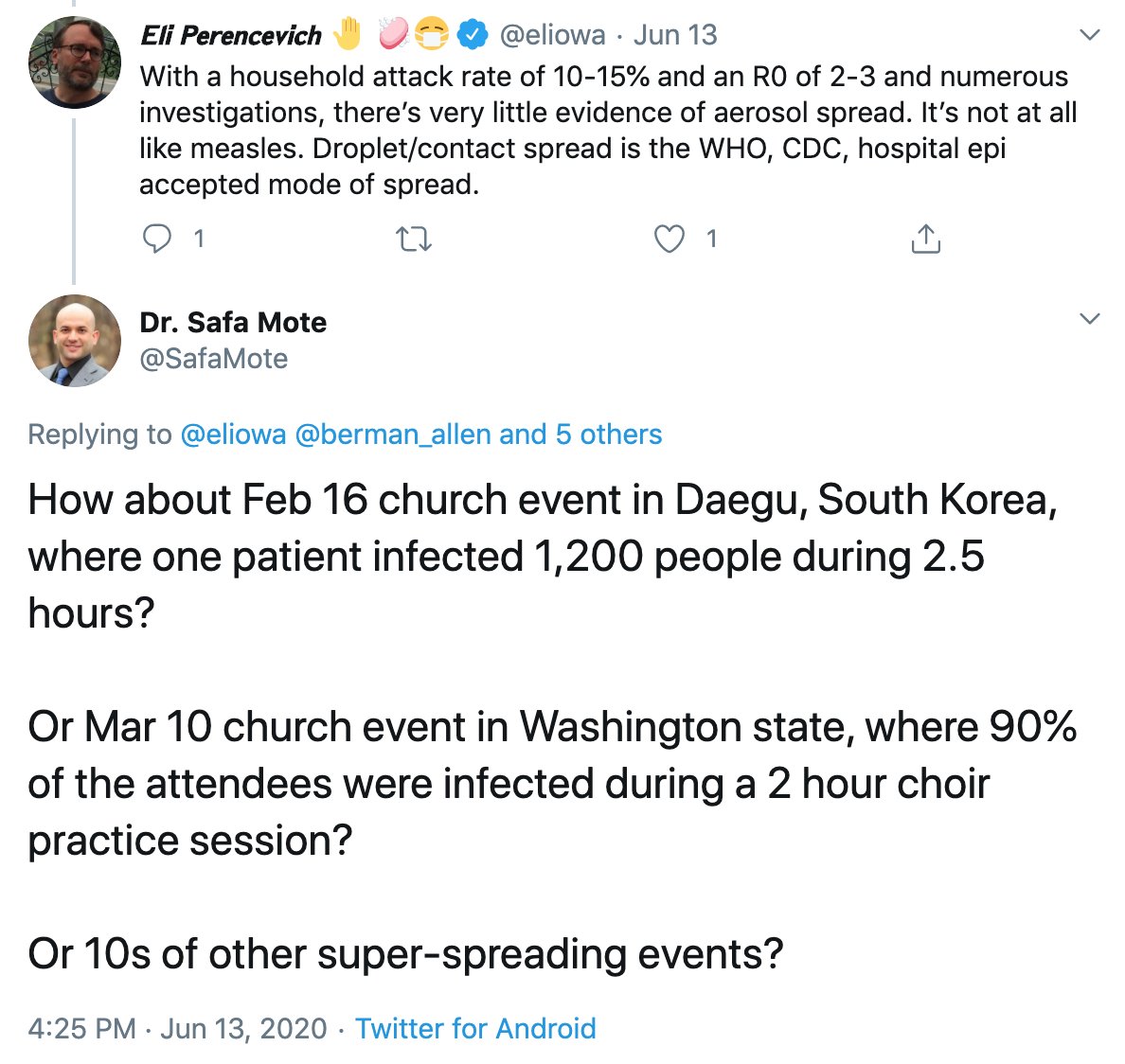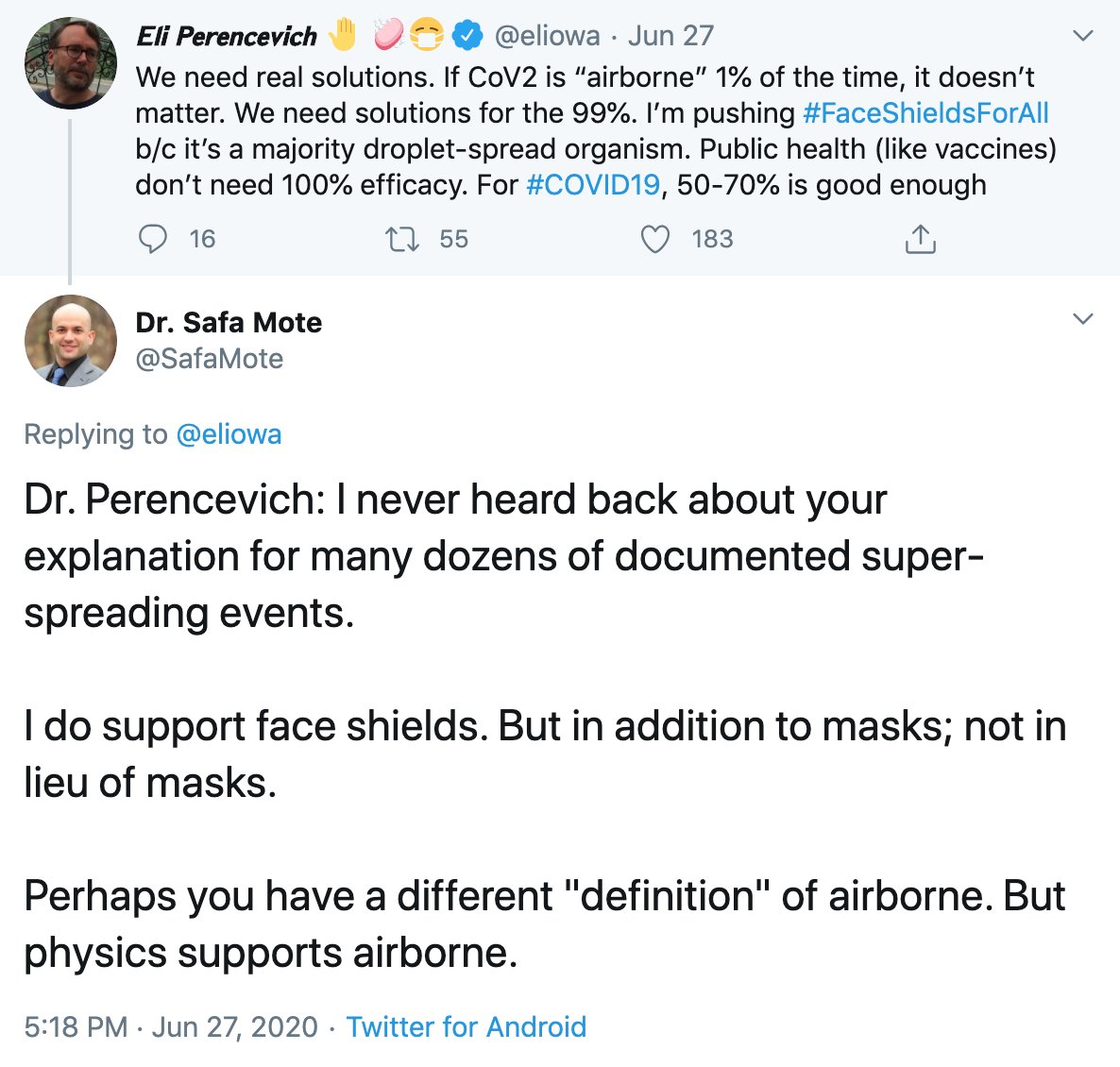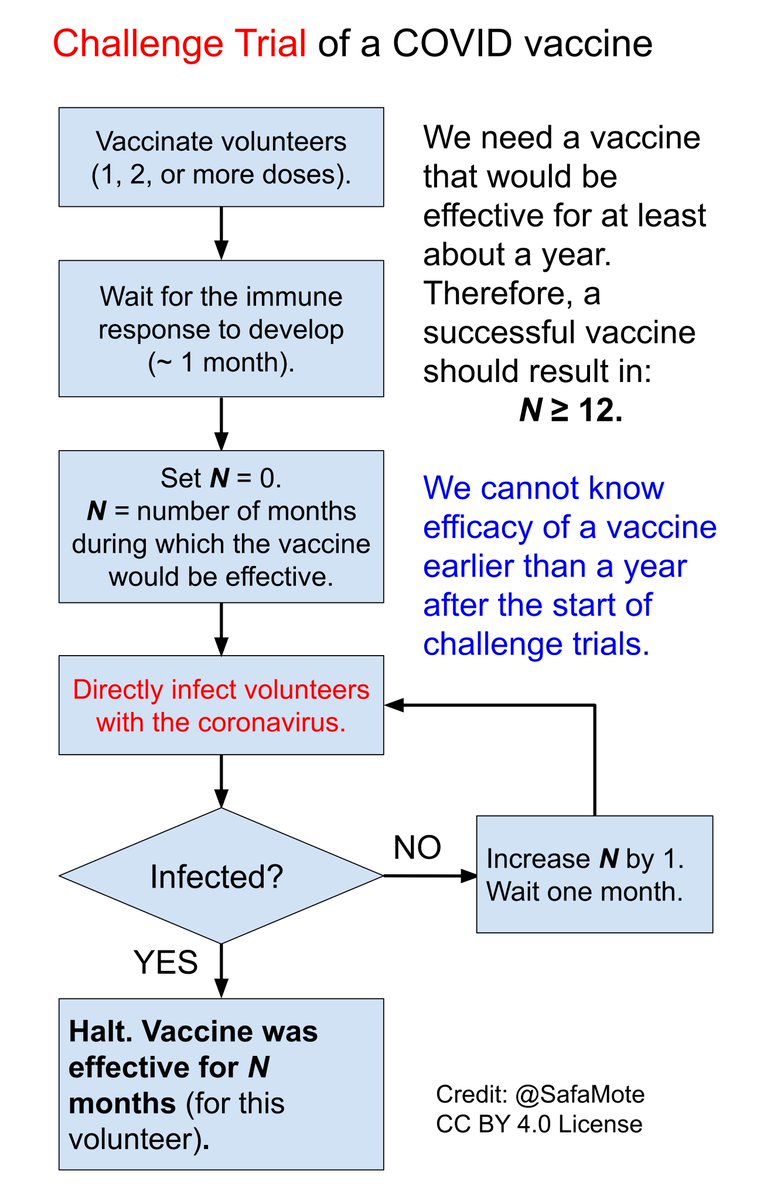Thread: The Precautionary Principle
In order to minimize risk when information is insufficient, assume a higher negative impact outcome, especially when the stakes are high.
The resulting decisions could prevent or minimize a potentially major negative impact.
Examples:
0/
In order to minimize risk when information is insufficient, assume a higher negative impact outcome, especially when the stakes are high.
The resulting decisions could prevent or minimize a potentially major negative impact.
Examples:
0/
PP1. If you go camping and have heard of bears in the forest but have not seen any yourself, carry a gun and don& #39;t sleep outside your tent at night.
https://fivethirtyeight.com/features/mit-climate-scientist-responds-on-disaster-costs-and-climate-change/
1/">https://fivethirtyeight.com/features/...
https://fivethirtyeight.com/features/mit-climate-scientist-responds-on-disaster-costs-and-climate-change/
1/">https://fivethirtyeight.com/features/...
PP2. If you suspect that the novel #coronavirus could be transmitted from human to human —a route that fits previous coronaviruses— assume h2h transmission until proven otherwise.
2/
2/
PP3. If you have early evidence that the virus spreads with a base R_0 of ~2.6, which is twice as large as R_0 of the flu ~ 1.3, assume that the virus will become a pandemic and put all your efforts into containing its spread.
3/
3/
PP4. If laboratory measurements, principles of physics, and probability theory all support airborne transmission but there is not enough epidemiological data yet, assume airborne transmission.
https://twitter.com/SafaMote/status/1240063943042875392?s=20
4/">https://twitter.com/SafaMote/...
https://twitter.com/SafaMote/status/1240063943042875392?s=20
4/">https://twitter.com/SafaMote/...
PP5. If it is very difficult to explain super-spreading events without airborne transmission, assume airborne transmission.
5/
5/
PP7. If it is unclear whether an effective #COVID vaccine could be developed, do everything possible to crush COVID cases to zero. At least until an effective vaccine becomes available.
7/
7/
PP6. If it is unclear whether reinfection with the #coronavirus is possible —and if there is already anecdotal evidence for it— assume that reinfection is possible, unless proven otherwise.
(Note: this was supposed to appear before PP7 in this thread.)
6/
(Note: this was supposed to appear before PP7 in this thread.)
6/

 Read on Twitter
Read on Twitter